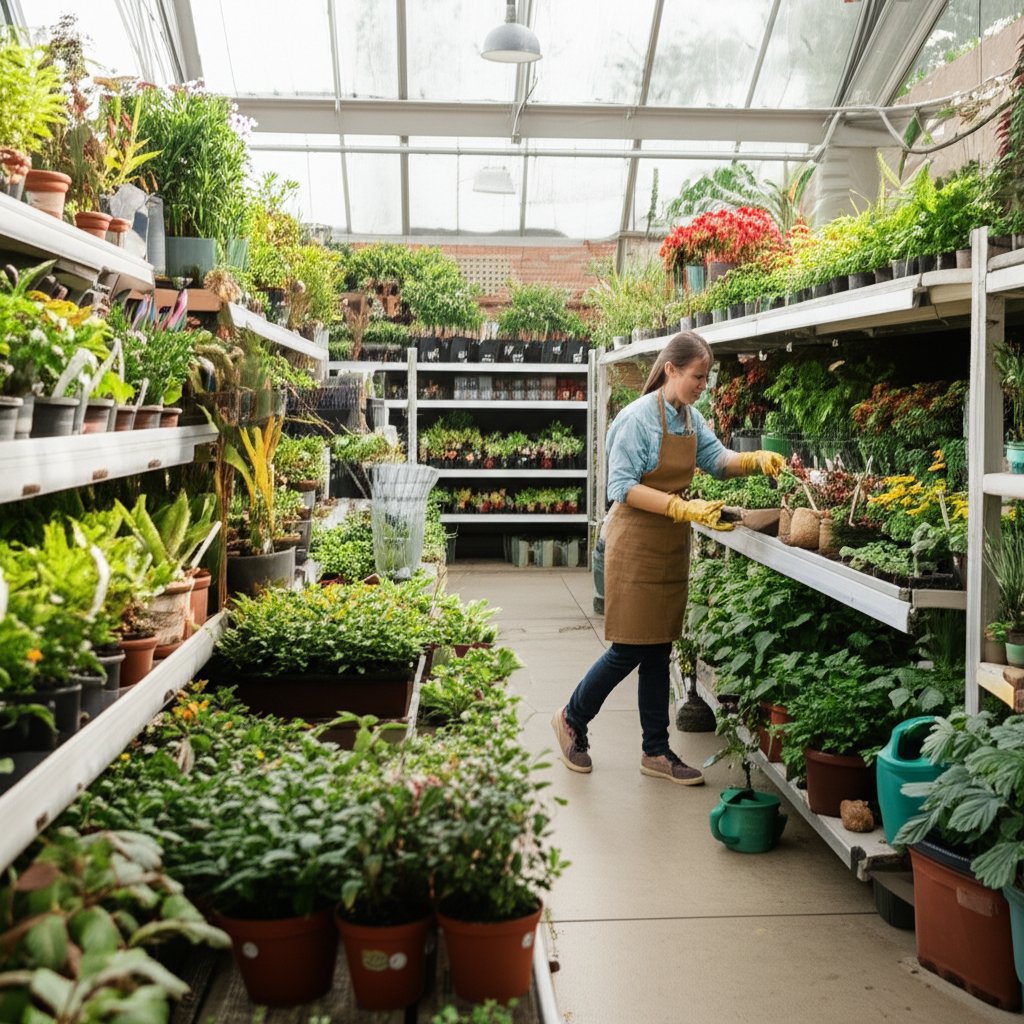Discover Eco-Friendly Tips from Sustainable Garden Centers
Transforming your yard into a vibrant, sustainable space does not require a complete overhaul. Many homeowners yearn for a garden that is both beautiful and kind to the environment, yet feel overwhelmed by the options. Sustainable garden centers offer practical, accessible solutions to help you start small, track progress, and create an outdoor haven that benefits both you and the planet. Let us explore how to begin with intention and build a greener space step by step.
Assess Your Space with a Thoughtful Eye
Before making changes, take a moment to understand your garden's current state. Walk through your yard slowly, observing its unique features and challenges. This initial step lays the foundation for informed decisions that save time and resources.
- Draw a simple map noting areas of sun and shade to guide plant placement for optimal growth.
- Collect a small soil sample in a clean container and request a pH testing kit from your local garden center to assess soil health.
- Identify existing assets like mature trees, robust shrubs, or solid pathways that can anchor your design.
- Gather empty plastic pots and trays for recycling at garden centers that offer take-back programs.
- Consult staff to identify unknown plants in your yard; some may be native species already supporting local wildlife.
Native plants, which are species naturally adapted to your region, often require less water and maintenance while providing vital support to pollinators like bees and butterflies. Leveraging these plants can simplify care and enhance ecological balance.
Design with Sustainability and Efficiency in Mind
A well-thought-out plan minimizes waste, reduces costs, and ensures long-term success. Focus on choices that align with your climate and lifestyle while prioritizing eco-friendly materials and methods. Sustainable garden centers often provide resources to help you make informed decisions.
- Select plants suited to your region's climate, prioritizing native and drought-tolerant varieties that thrive in your soil and light conditions.
- Group plants with similar water needs together to streamline irrigation and prevent overwatering.
- Create layered garden beds with a mix of trees, shrubs, perennials, and groundcovers to act as natural mulch, reducing weeds and retaining soil moisture.
- Use permeable hardscaping materials like gravel or spaced pavers to allow rainwater to infiltrate the ground and minimize runoff.
- Invest in peat-free compost and potting mixes to protect carbon-storing wetlands while enriching your soil.
- Install water-efficient systems such as drip irrigation, which delivers moisture directly to roots, or rain barrels to capture and reuse natural rainfall.
Many centers also offer bulk compost and mulch without plastic packaging, alongside sustainably sourced materials. These options cut down on waste and often prove more cost-effective over time.
Implement Changes with Low-Impact Actions
Start with a single, manageable area of your garden to build confidence and momentum. Small, deliberate actions can yield significant results without overwhelming your schedule or budget. Focus on techniques that nurture the earth while simplifying maintenance.
- Apply sheet mulching by layering plain cardboard over weedy areas, topping it with compost and mulch to suppress weeds naturally and enrich the soil.
- Plant in odd-numbered clusters, such as groups of three or five, for a cohesive, natural look that eases upkeep.
- Spread mulch two to three inches deep around plants, keeping it clear of stems to avoid rot and retain moisture.
- Repurpose materials like broken concrete for stepping stones or old bricks for garden edging to reduce waste.
- Return used pots to garden centers for reuse or repurpose them for starting seeds at home.
- Set up a small compost or worm bin to transform kitchen scraps into nutrient-rich soil amendments.
Drip irrigation, a system of tubing with small emitters, releases water slowly at the base of plants, minimizing evaporation and keeping foliage dry to prevent disease. This method proves especially effective in dry climates.
Nurture Your Garden for Lasting Growth
Consistent, mindful care ensures your garden flourishes over time. Develop simple routines to maintain soil health, manage pests, and adapt to seasonal shifts. Sustainable garden centers often host workshops or provide tailored advice to support your efforts.
- Water plants early in the morning, checking soil moisture by feeling the top two inches; if dry, water deeply to encourage strong roots.
- Replenish nutrients by top-dressing beds with compost each season, improving soil structure and fertility.
- Address pests with non-invasive methods first, such as hand-picking or physical barriers, before using gentle, center-recommended treatments.
- Prune regularly with small, precise cuts to promote plant health and quick healing.
- Document successes and challenges in a notebook or digital album to refine your approach over time.
Build a Greener Outdoor Legacy
Tending to your garden with patience and purpose transforms it into a sanctuary that reflects your values. Each small step, from planting native species to conserving water, contributes to a healthier ecosystem. Sustainable garden centers stand as partners in this journey, offering tools, knowledge, and materials to help your space thrive. With steady effort, your yard becomes a living testament to the power of thoughtful, earth-friendly choices.
